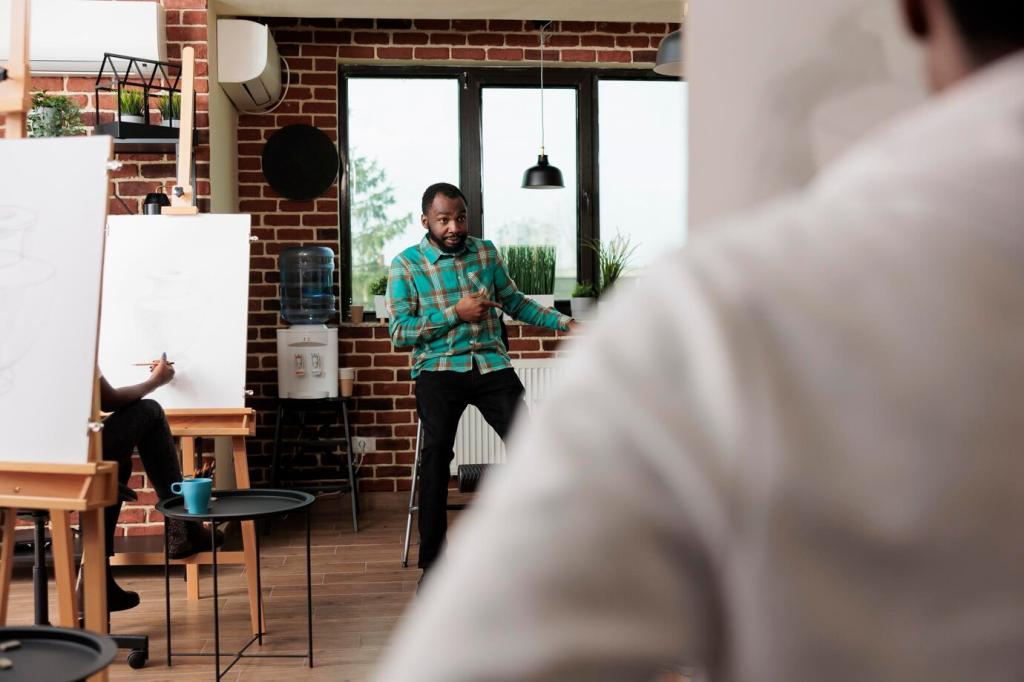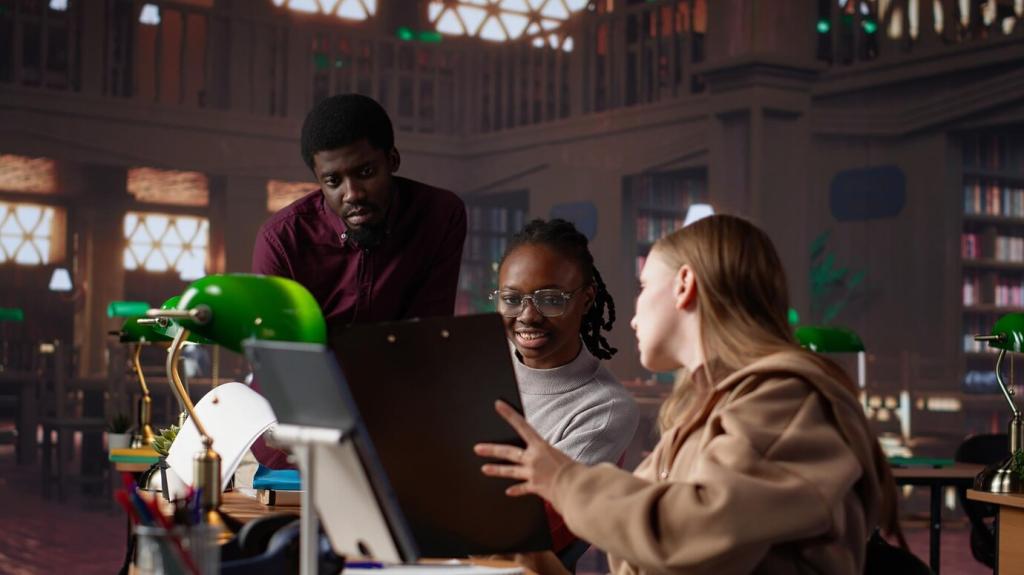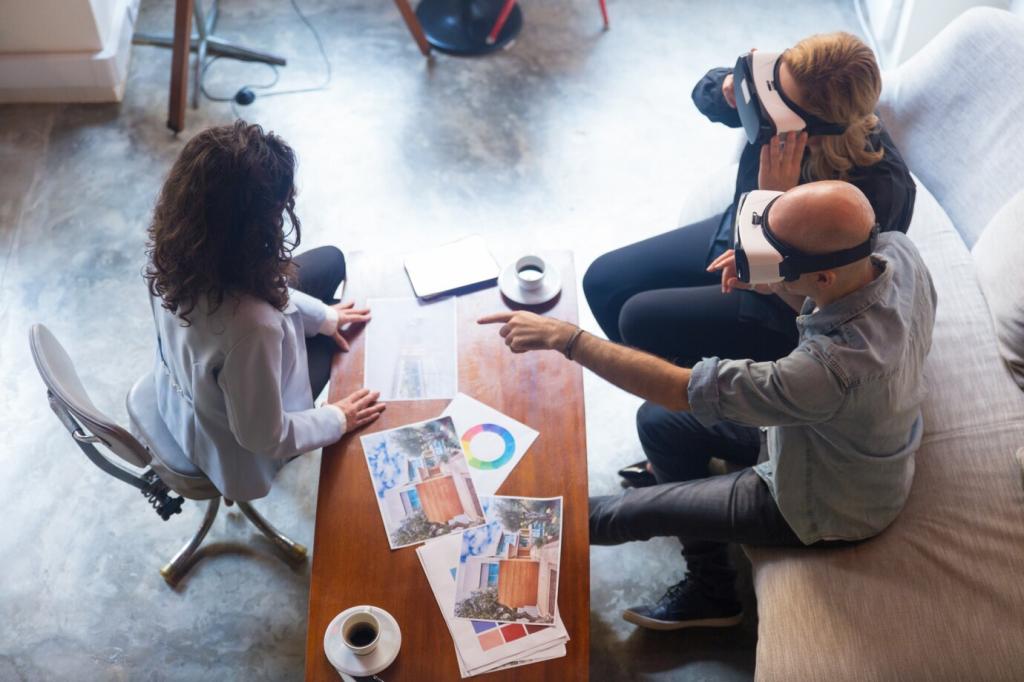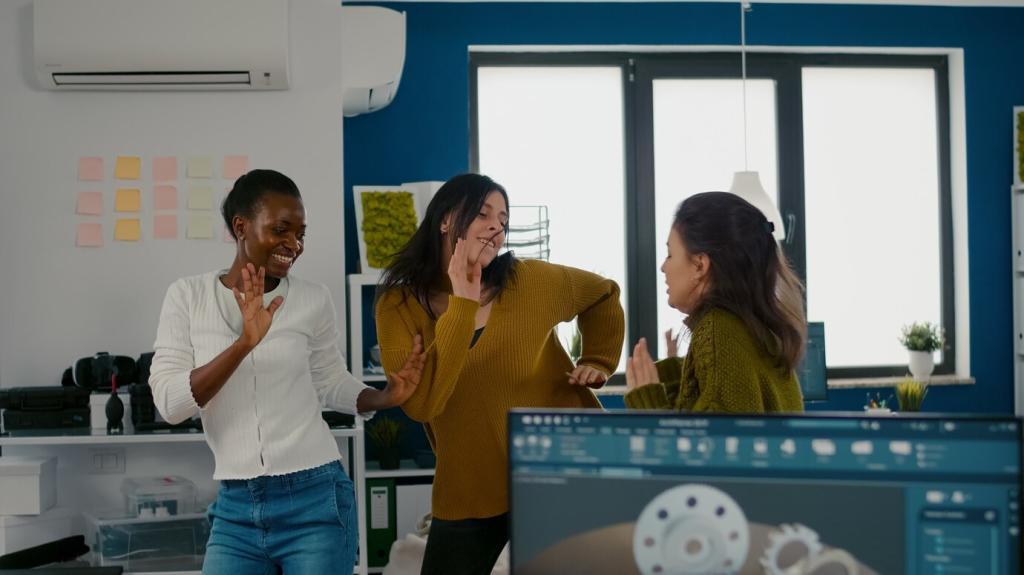The Foundations of Effective Group Dynamics
When every contributor understands roles, handoffs, and decision rights, momentum accelerates and confusion fades. Map expertise, define interfaces, and agree on micro-commitments that bind efforts together. Share your favorite role-mapping technique in the comments and inspire a peer to try it.
The Foundations of Effective Group Dynamics
Teams solve harder problems when members feel safe to ask naïve questions, expose risks, and admit uncertainty. Leaders model curiosity, invite dissent, and normalize learning after mistakes. Subscribe to receive a practical safety checklist you can adapt for your next workshop.








